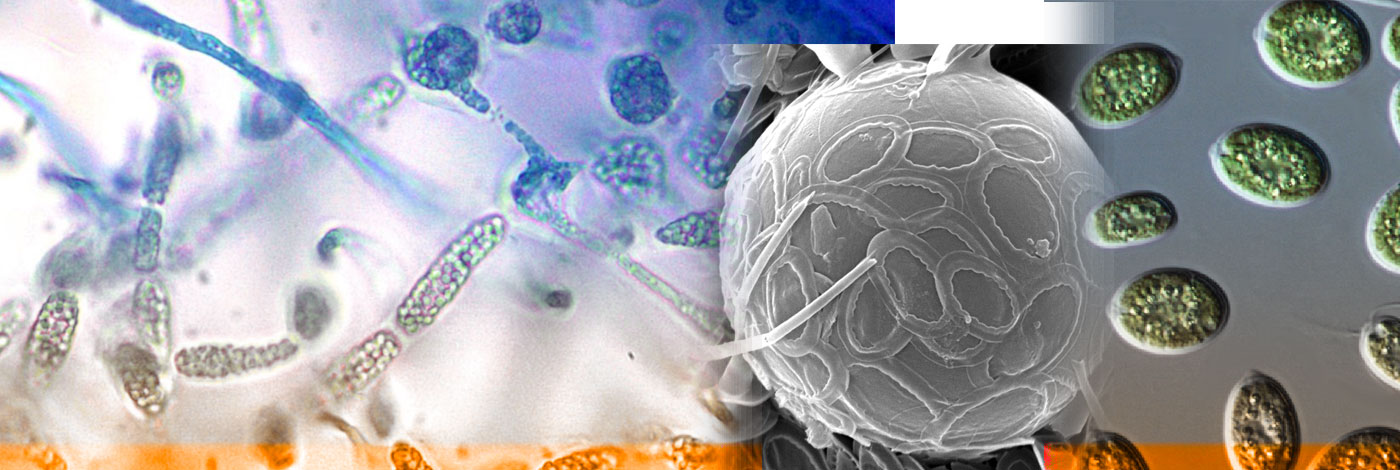

 Cryptogamie, Algologie
46 (2) - Pages 19-30
Cryptogamie, Algologie
46 (2) - Pages 19-30With 35 currently recognised species, Prasiola Meneghini, 1838 is the largest genus of the family Prasiolaceae (Prasiolales, Trebouxiophyceae). However, recent molecular phylogenetic studies have shown that the genus as currently conceived is polyphyletic, due to a separate genus, Prasiococcus Vischer, clearly being nested between the Prasiola clades. Since the clade containing the type species Prasiola crispa (Lightfoot) Kützing has priority, we propose three new taxonomic realignments, based on DNA sequence comparisons, for two clades containing four and two species of Prasiola, respectively, and for another single species. The genus Mariprasiola Heesch, Guiry & Rindi, gen. nov., comprising the four species M. stipitata (Suhr ex Jessen) Heesch, Guiry & Rindi, comb. nov., the type, M. delicata (Setchell & N.L.Gardner) Heesch, Guiry & Rindi, comb. nov., M. linearis (C.-C.Jao) Heesch, Guiry & Rindi, comb. nov. and M. meridionalis (Setchell & N.L.Gardner) Heesch, Guiry & Rindi, comb. nov., distributed in marine habitats. Two species of Vittaprasiola Heesch, Guiry & Rindi, gen. nov., the strictly terrestrial species V. calophylla (Carmichael ex Greville) Heesch, Guiry & Rindi, comb. nov., the type, and the freshwater species V. fluviatilis (Sommerfelt) Heesch, Guiry & Rindi, comb. nov., share a belt-like appearance. Eaprasiola Heesch, Guiry & Rindi, gen. nov. is currently monospecific, with E. japonica (R.Yatabe) Heesch, Guiry & Rindi, comb. nov., found in freshwater habitats in East Asia and with thalli reaching up to 20 cm in length, the largest known representative of the family. Since the remaining 21 species of Prasiola lack genetic data, they cannot at present be assigned to any genus and remain in the genus Prasiola sensu lato.
Prasiolaceae, molecular phylogeny, taxonomic revision, lectotypifications, epitypification, new combinations, new genera